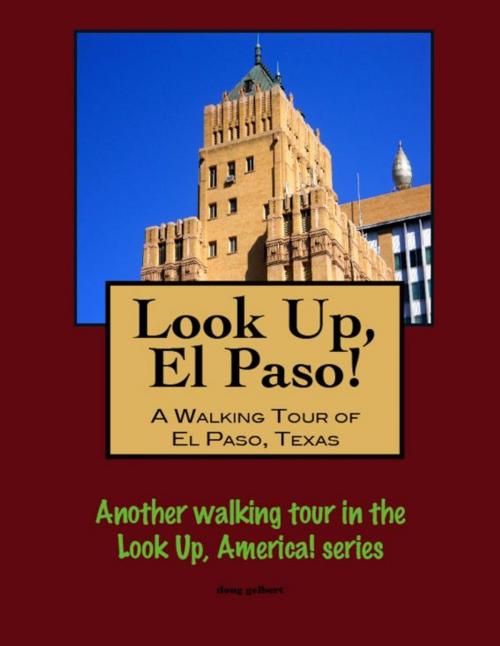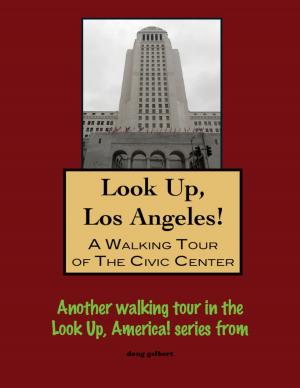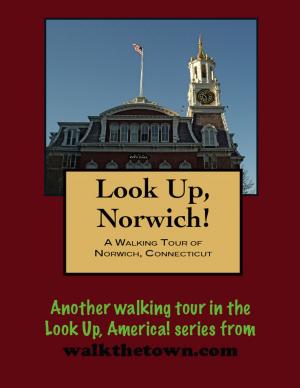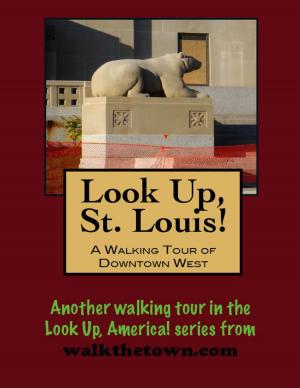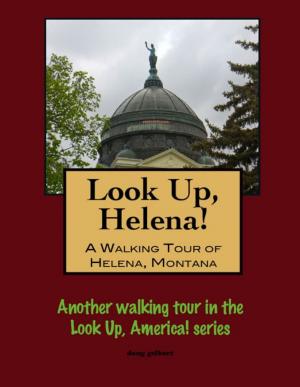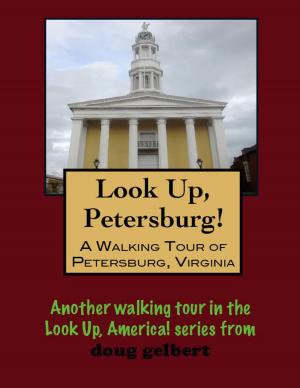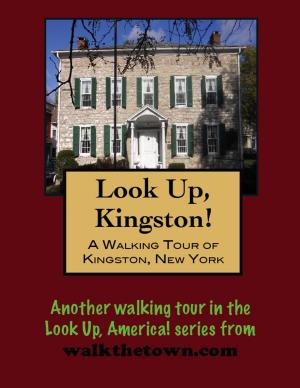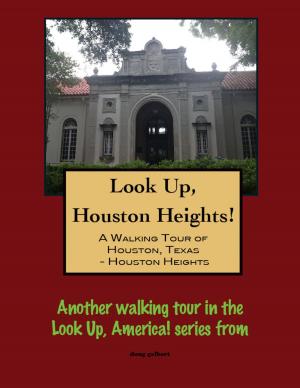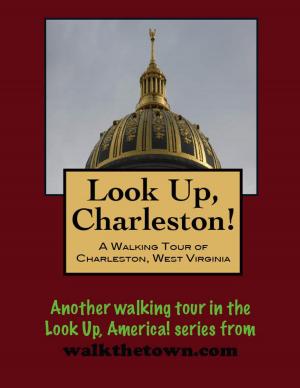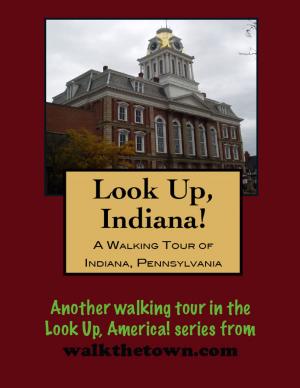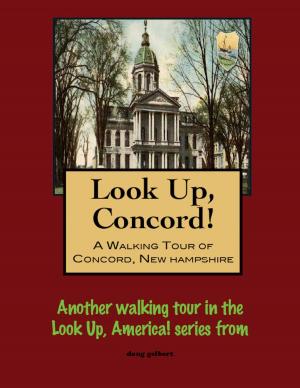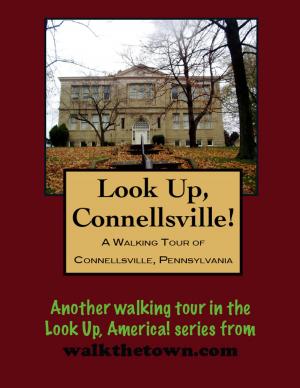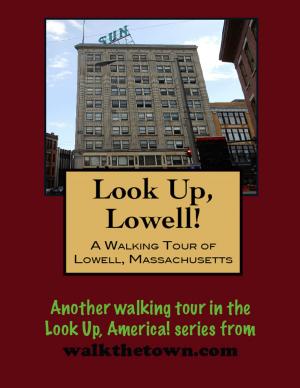| Author: | Doug Gelbert | ISBN: | 9781301726936 |
| Publisher: | Doug Gelbert | Publication: | November 9, 2012 |
| Imprint: | Smashwords Edition | Language: | English |
| Author: | Doug Gelbert |
| ISBN: | 9781301726936 |
| Publisher: | Doug Gelbert |
| Publication: | November 9, 2012 |
| Imprint: | Smashwords Edition |
| Language: | English |
There is no better way to see America than on foot. And there is no better way to appreciate what you are looking at than with a walking tour. Whether you are preparing for a road trip or just out to look at your own town in a new way, a downloadable walking tour is ready to explore when you are.
Each walking tour describes historical and architectural landmarks and provides pictures to help out when those pesky street addresses are missing. Every tour also includes a quick primer on identifying architectural styles seen on American streets.
The lowest natural pass in a region of deserts and mountains has been used by humans for thousands of years. The Spanish sent expeditions of missionaries and conquistadores through “El Paso” as early as 1558 but the area remained largely undeveloped during most of the period of Spanish control. It wasn’t until Mexican rule that a community started to form, growing up around the ranch of Juan Maria Ponce de Leon, who acquired a 211-acre land grant on the north side of the Rio Grande River.
El Paso passed through Mexican rule, Texan rule, Confederate rule and American rule with little more effect than a name change in 1859 from Franklin to El Paso. When the town was incorporated in 1873 the population was noted as “23 Anglo-Americans and 150 Mexicans.” The happening town was actually on the other end of the ferry across the Rio Grande in Juarez where the town boasted several thousand people.
What finally kickstarted El Paso out of its existence as a sleepy little collection of adobe huts was the coming of the transcontinental railroad in the early 1880s. The Southern Pacific won the race to the strategic crossing near the Rio Grande in the pass above the town on May 19, 1881 and it was quickly followed by the Santa Fe and Texas and Pacific lines. El Paso boomed and at the same time gained a reputation as a haven for desperadoes, gamblers and gunslingers preying on the new arrivals. But so many people were pouring into El Paso that its colorful days as a lawless frontier town were short-lived. Although prostitution and gambling would thrive until World War I in El Paso, by 1890 the population had swelled to 10,000 and with the coming of the new century the city was entrenched as the leading manufacturing, transportation and retail center of the American Southwest.
One of those newcomers in the first years of the 1900s was Henry Charles Trost. Trost hailed from Ohio where he attended art school and trained as an architectural draftsman. He spent time with celebrated architect Louis Sullivan and his disciple Frank Lloyd Wright in Chicago. He worked his way around the West, developing a hankering for the design of the early Spanish missions of Northern Mexico and the American Southwest. Trost arrived in Tucson in 1899 when he was 39 but only stayed a few years before moving on to El Paso. Working with his brother, Trost would become one of the country’s most prolific designers with over 600 buildings to his credit. In El Paso alone, Trost worked on over 200 commissions. Few cities were impacted so dramatically by a single architect as El Paso was by Henry Trost. Many of his most important works still define the El Paso streetscape a century later. We will encounter Trost more than a dozen times on our walking tour of downtown El Paso and we will begin in a ceremonial open space in the shadow of four Trost creations...
There is no better way to see America than on foot. And there is no better way to appreciate what you are looking at than with a walking tour. Whether you are preparing for a road trip or just out to look at your own town in a new way, a downloadable walking tour is ready to explore when you are.
Each walking tour describes historical and architectural landmarks and provides pictures to help out when those pesky street addresses are missing. Every tour also includes a quick primer on identifying architectural styles seen on American streets.
The lowest natural pass in a region of deserts and mountains has been used by humans for thousands of years. The Spanish sent expeditions of missionaries and conquistadores through “El Paso” as early as 1558 but the area remained largely undeveloped during most of the period of Spanish control. It wasn’t until Mexican rule that a community started to form, growing up around the ranch of Juan Maria Ponce de Leon, who acquired a 211-acre land grant on the north side of the Rio Grande River.
El Paso passed through Mexican rule, Texan rule, Confederate rule and American rule with little more effect than a name change in 1859 from Franklin to El Paso. When the town was incorporated in 1873 the population was noted as “23 Anglo-Americans and 150 Mexicans.” The happening town was actually on the other end of the ferry across the Rio Grande in Juarez where the town boasted several thousand people.
What finally kickstarted El Paso out of its existence as a sleepy little collection of adobe huts was the coming of the transcontinental railroad in the early 1880s. The Southern Pacific won the race to the strategic crossing near the Rio Grande in the pass above the town on May 19, 1881 and it was quickly followed by the Santa Fe and Texas and Pacific lines. El Paso boomed and at the same time gained a reputation as a haven for desperadoes, gamblers and gunslingers preying on the new arrivals. But so many people were pouring into El Paso that its colorful days as a lawless frontier town were short-lived. Although prostitution and gambling would thrive until World War I in El Paso, by 1890 the population had swelled to 10,000 and with the coming of the new century the city was entrenched as the leading manufacturing, transportation and retail center of the American Southwest.
One of those newcomers in the first years of the 1900s was Henry Charles Trost. Trost hailed from Ohio where he attended art school and trained as an architectural draftsman. He spent time with celebrated architect Louis Sullivan and his disciple Frank Lloyd Wright in Chicago. He worked his way around the West, developing a hankering for the design of the early Spanish missions of Northern Mexico and the American Southwest. Trost arrived in Tucson in 1899 when he was 39 but only stayed a few years before moving on to El Paso. Working with his brother, Trost would become one of the country’s most prolific designers with over 600 buildings to his credit. In El Paso alone, Trost worked on over 200 commissions. Few cities were impacted so dramatically by a single architect as El Paso was by Henry Trost. Many of his most important works still define the El Paso streetscape a century later. We will encounter Trost more than a dozen times on our walking tour of downtown El Paso and we will begin in a ceremonial open space in the shadow of four Trost creations...
